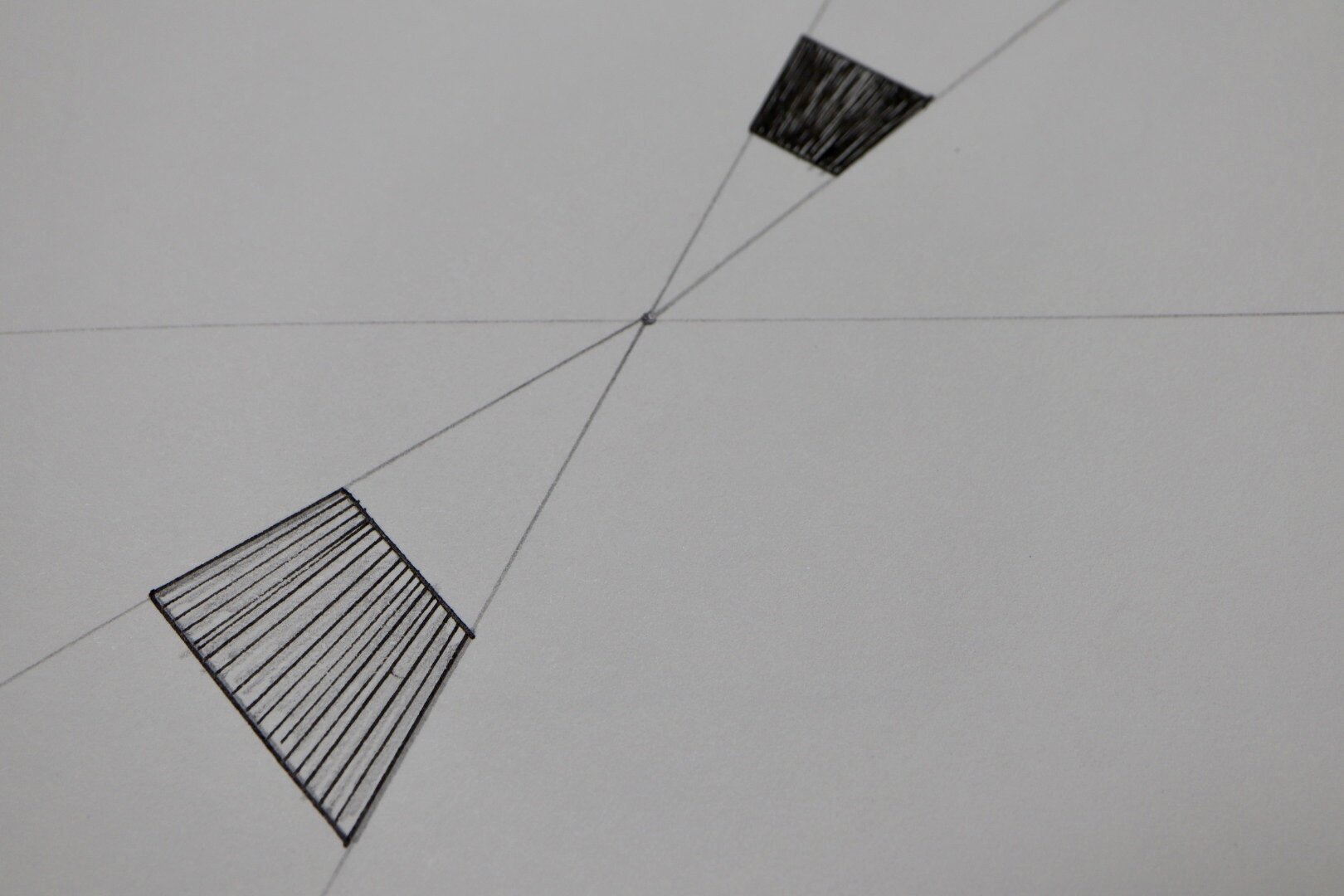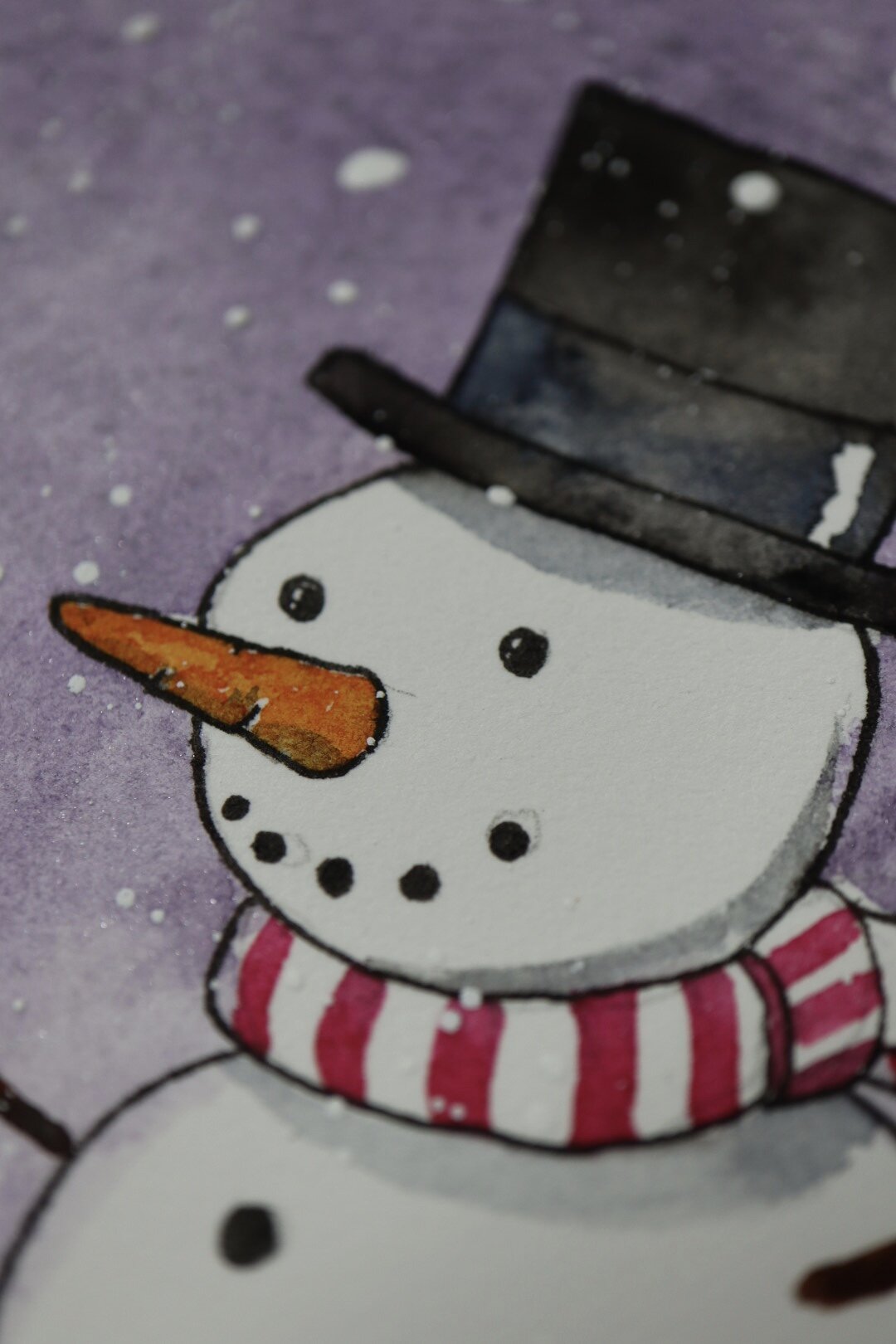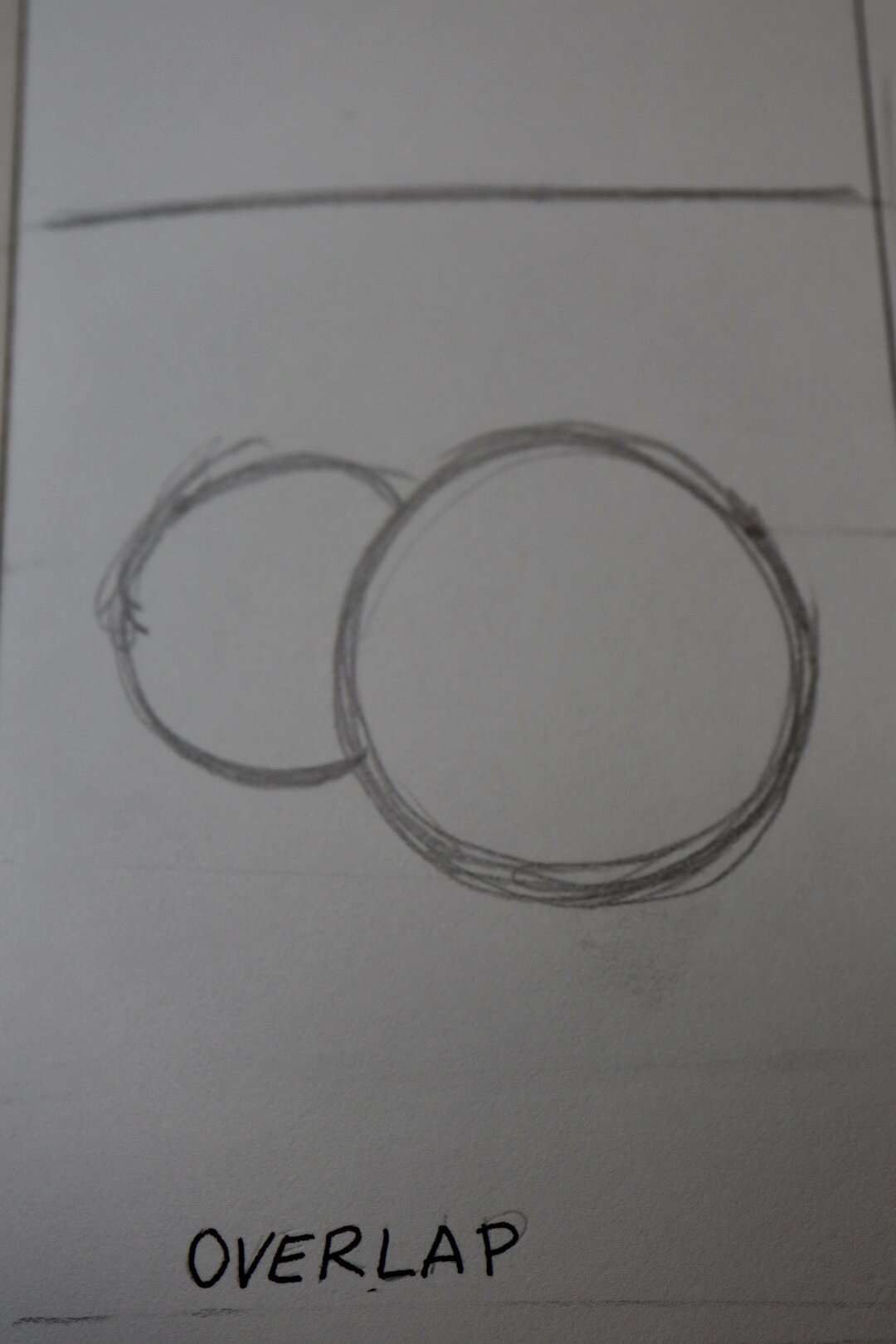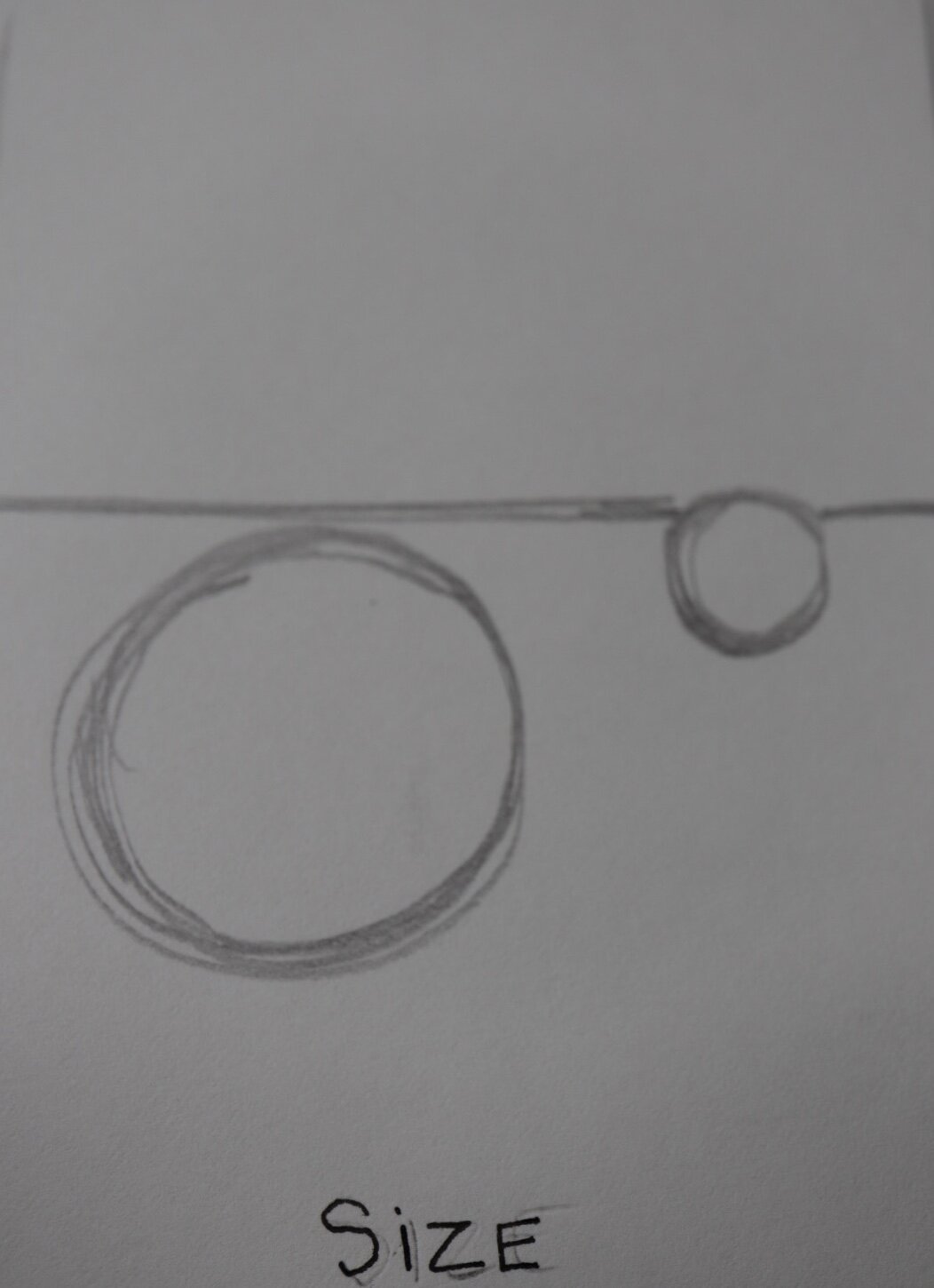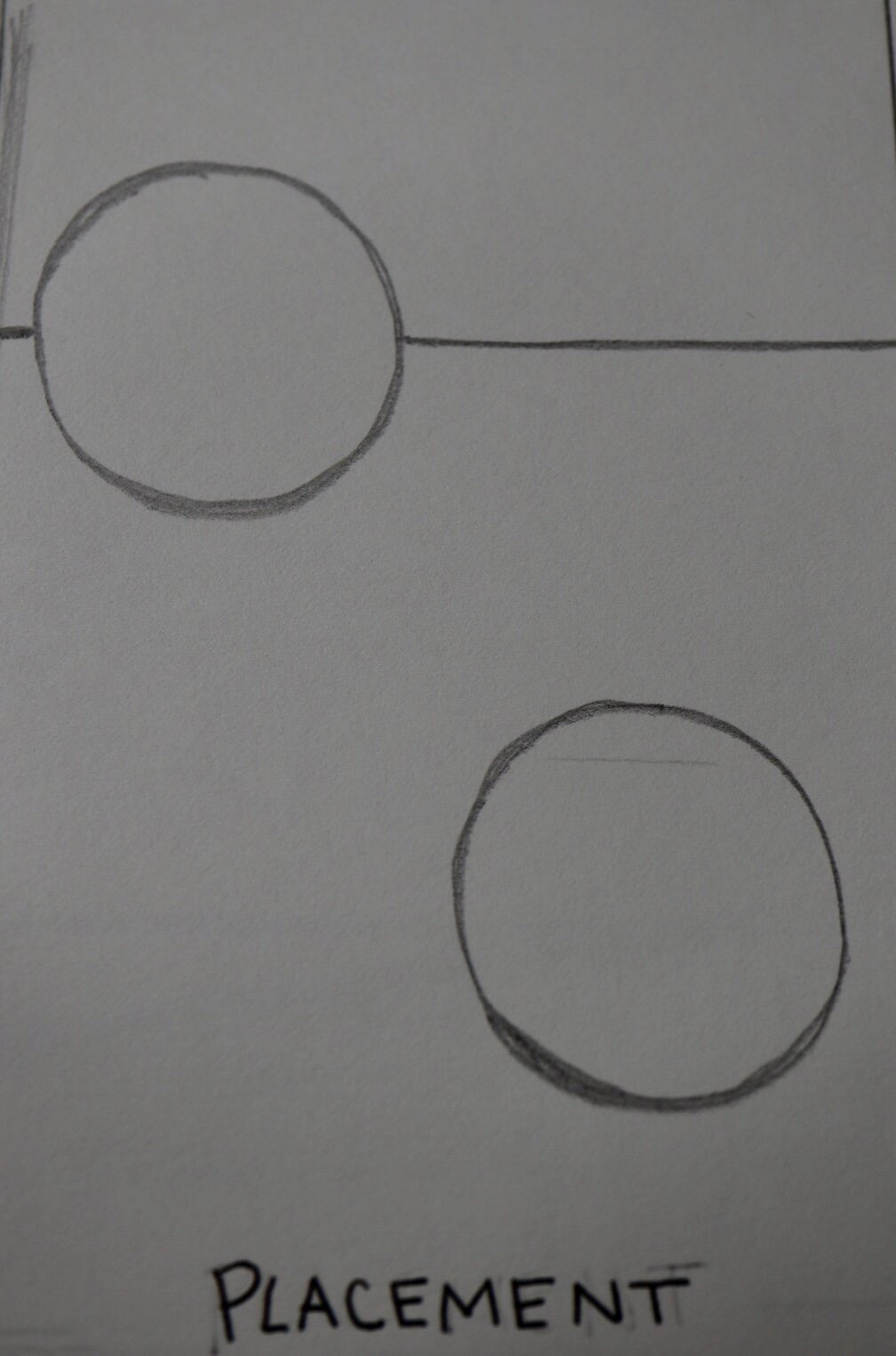- There are always flowers for those who want to see them - Henri Matisse
In this workshop the goal was simple, learn to recognize the essential and go with the flow.
It is easier said than done, but there are ways to simplify your approach to a subject and find your self in the mindset of less is more. With the works of Henri Matisse as a reference we try to focus on shape and color in the most basic of ways. We are not drawing nor painting - We are assembling shapes of color in patterns.
We start by pressing brush shapes on the paper as sketches. Looking at the versatility of our brush as we create leaf shapes with wet on dry and wet on wet technique.




Here are things to consider for the next exercise:
wet on dry
wet on wet
hard edges
soft edges
less is more
negative space
fluid brushstrokes
express thru color
value and technique
use ink as a partner to color
balance
Focused on these ideas, we then sketch several pages (on sketch paper) with a sense of play and experimenting variations in technique, color, value, shape, brushstroke…







Taking risks and being open to making a mess means you are Fearless. If you are in play mode you are fearless - if you don’t have negative thoughts you are fearless. When you are fearless you realize that it is not about detail, you can see what is essential and you surrender the need to control. You are in the flow.












